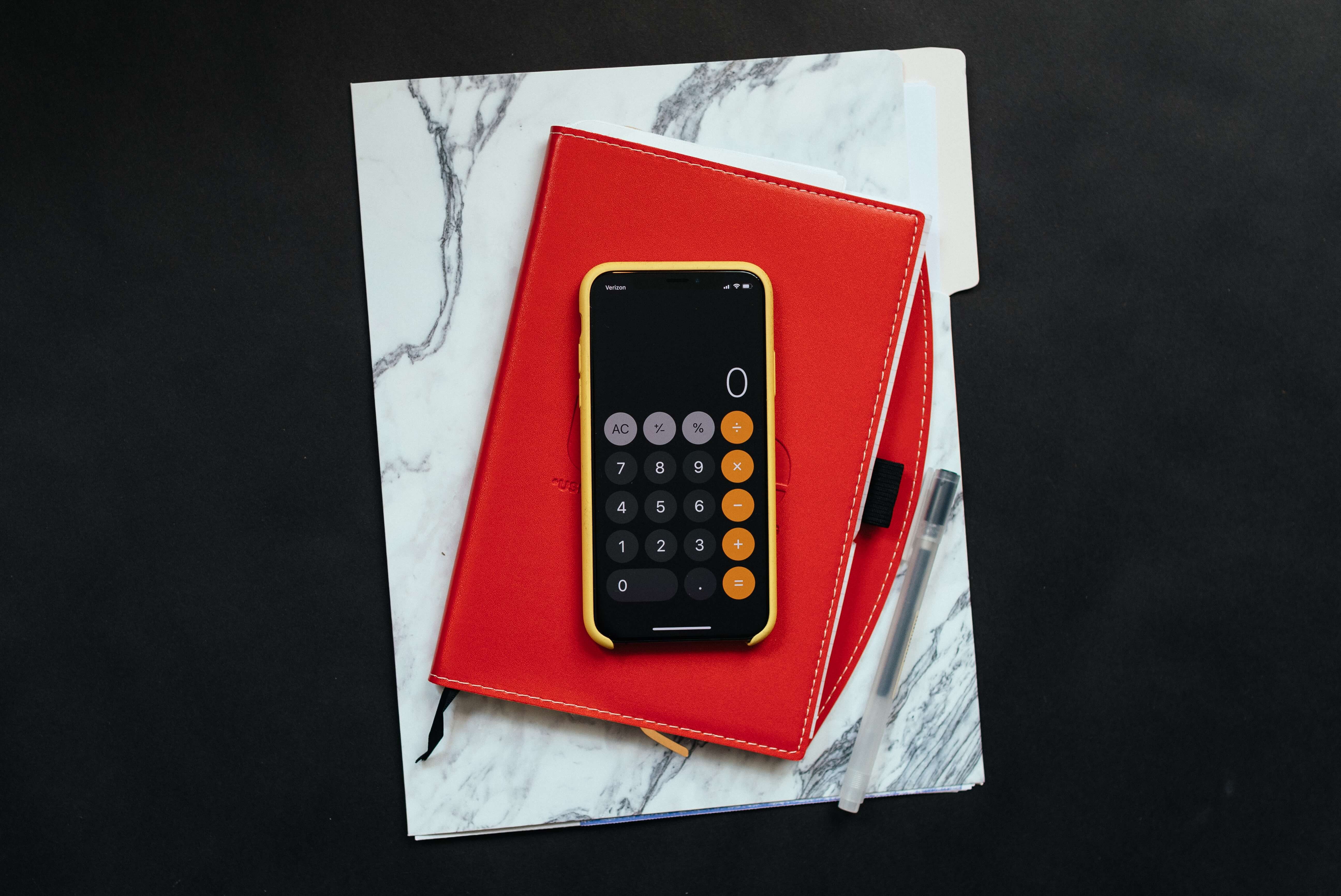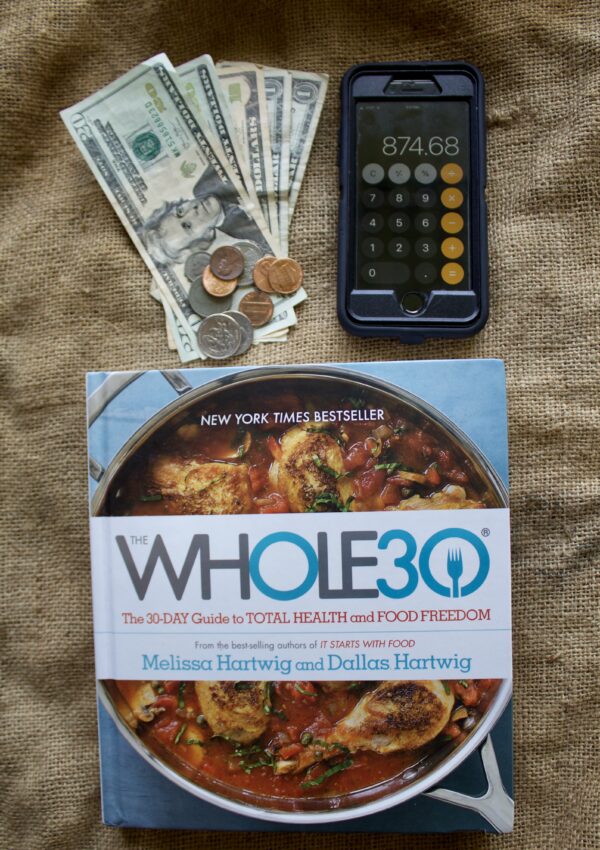What is an emergency fund and why do you need one?
We’ve all been there, our washer or dryer breaks, we get sick, our phone stops working unexpectedly, or, I don’t know, a Pandemic hits. Emergency funds are meant to offset the unplanned expenses that come up when life just happens. And boy does it.
According to this Fortune article, 57% of Americans can’t afford even a $1,000 emergency expense. This is an alarming statistic that bears discussing and a plan of action.
Today’s post will focus on defining what an emergency fund is and the key steps to setting one up today. Let’s get into the nitty-gritty.

What is An Emergency Fund?
An emergency fund is an amount of money put aside for the sole purpose of covering unplanned expenses such as:
- Unexpected vehicle repairs
- Medical bills
- Home repairs
- Unemployment
- Sick leave
- Mental health leave
An emergency fund can take a few different forms. The most common is a separate bank account. Keeping emergency funds separate from regular checking and savings accounts makes it easy to keep track of what’s what.
An emergency fund can (and should) have a cash element to it. While cash is getting progressively rare these days, it is a valuable option to have for emergency situations.
For instance, say the electricity is out and you still need gas. Cash is an excellent alternative that works in emergency situations. Make sure you have a range of bills in your stash.
In general, an emergency fund is a set amount of money used to cover large and small unexpected expenses.
Why Do You Need an Emergency Fund
You need an emergency fund because it is highly likely you’ll face an unplanned expense that costs $1,000 or more in your lifetime. Period.
It is not a far-fetched idea that sickness, job loss, or unforeseen events will come up in life. In fact, it is practically guaranteed. You need an emergency fund to handle unplanned expenses without over drafting your account or turning to credit cards. This offers a level of financial security that won’t damage your credit and saddle you with high-interest debt.
Having money for unplanned expenses is a precaution like wearing a seatbelt. It isn’t the ultimate answer to every situation, but it does lessen the potential for injury and sets you up in a power position vs. a position that could lead to a quick downward spiral.
How Much Do You Need in an Emergency Fund?
Step 1: Save $1,000 as a baseline financial lifeline. Repeat after me, “This is my new zero”.
Step 2: Save up 3 months’ worth of bills and expenses. This is a great exercise to know what your monthly expenses are. After you track all bills and expenses for a month, multiply that time by three and start saving.
Step 3: Start paying off debt. Pay off debt using the Snowball or Avalanche method. These three steps are the first steps in the Dave Ramsey financial baby steps program.
This approach is tried and true and although not an easy task, forms the basis of financial security. I wanted to share a broad action plan to show how an emergency fund fits into an overall financial plan
Focus on Step 1 hardcore. Get that $1,000 set aside ASAP. I’m serious. We need to get you out of the 57% statistic immediately. Then start working your way through Step 2 from there.
How to Set Up an Emergency Fund?
Listen, I’m going to narrow some things down for you.
It’s really easy to get lost and overwhelmed when it comes to initially setting money aside for emergencies. With a little focus and some automation, you can be on your way to saving your first $1,000. It’ll be easier than you think.
There are a few ways to do this.
Option 1: Create a new bank account. Next, get your employer to direct deposit a part of your income directly to that new account. You can start with a percentage like 5% or 10%, or you can choose a flat number like $50 from each paycheck.
Option 2: Create a new bank account. Next, set up automatic transfers from your checking to your new bank account. This way, you don’t have to get your employer involved.
Option 3: Keep all your accounts as is and cut a few recurring expenses you don’t use anymore, like a streaming service you rarely use or a subscription service you barely notice. Start pressing the delete button on them. Put those monthly amounts towards saving your emergency fund.
The third option involves cutting expenses and tracking savings on paper. The other two options involve automating saving. I highly suggest options 1 and 2 if you aren’t already super hands-on with tracking your money.
Automation is the golden rule when it comes to saving. You won’t even notice it after the initial start-up cost is spent.
How to Think about Your Emergency Fund
Think about your emergency fund as your “uh-oh” money. These funds are for unforeseen costs that can really knock you down and threaten your stability and security.
In fact, we more often than not refer to our emergency fund as a security fund in my house. A security fund is for emergency situations only.
This means it isn’t for paying tuition or changing brakes or getting something routine and expected done, like an oil change. Those types of expenses are maintenance categories that can be budgeted for ahead of time.
It’s really important not to plan to use your emergency fund. Ever. If you have time to plan to use your emergency fund, you can budget for it instead of tapping into the emergency fund.
The Lifecycle of an Emergency Fund
Now let’s talk about how you actually operate an emergency fund long term.
The general lifecycle of an emergency fund goes something like this:
- Save it
- Hold it
- Use it when necessary
- Replenish it
Since we’ve already talked about how to save it, I want to talk about how to replenish it. If you get hit hard by an emergency like being out of work for 2 months, it’ll take some time to save up your two months of expenses.
The key is to treat that repayment like a bill. Settle on an amount and start repaying yourself every month like you would a bill.
You can also get creative with where you hold your emergency fund. So long as it is in a liquid and immediately accessible place, you are free to shop around where you want to park your emergency fund. A high-interesting savings account is a good option.
Real Talk: You Need an Emergency ASAP
Let’s be real, it isn’t cute to have literally $0 dollars set aside for when life happens. Because we all know life does happen, things break, and emergencies come up.
This is your friendly (and somewhat in-your-face) wake-up call to get an emergency fund set up ASAP. If someone were standing on the edge of a cliff about to fall off, I’d see it as highly important to run over and tell them to watch their step. Heck, I’d probably grab them by the shirt and pull them away from the edge.
It’s a dangerous and vulnerable place to be living paycheck to paycheck. And right now, over half of Americans sit too close to the cliff’s edge. So please, please take this urgency as your sign to start saving a little every week.



